Featured projects
This list contains only my projects that were shared in the media. To see the complete list of all my projects in detail, please visit my blog. Almost every project here has a link to Hackaday, so it’s good to explain. Hackaday is a blog that publishes several ‘hacks’ per day. These hacks are changes in hardware or software, or new creations; be it for convenience, innovation or simply creative reasons.
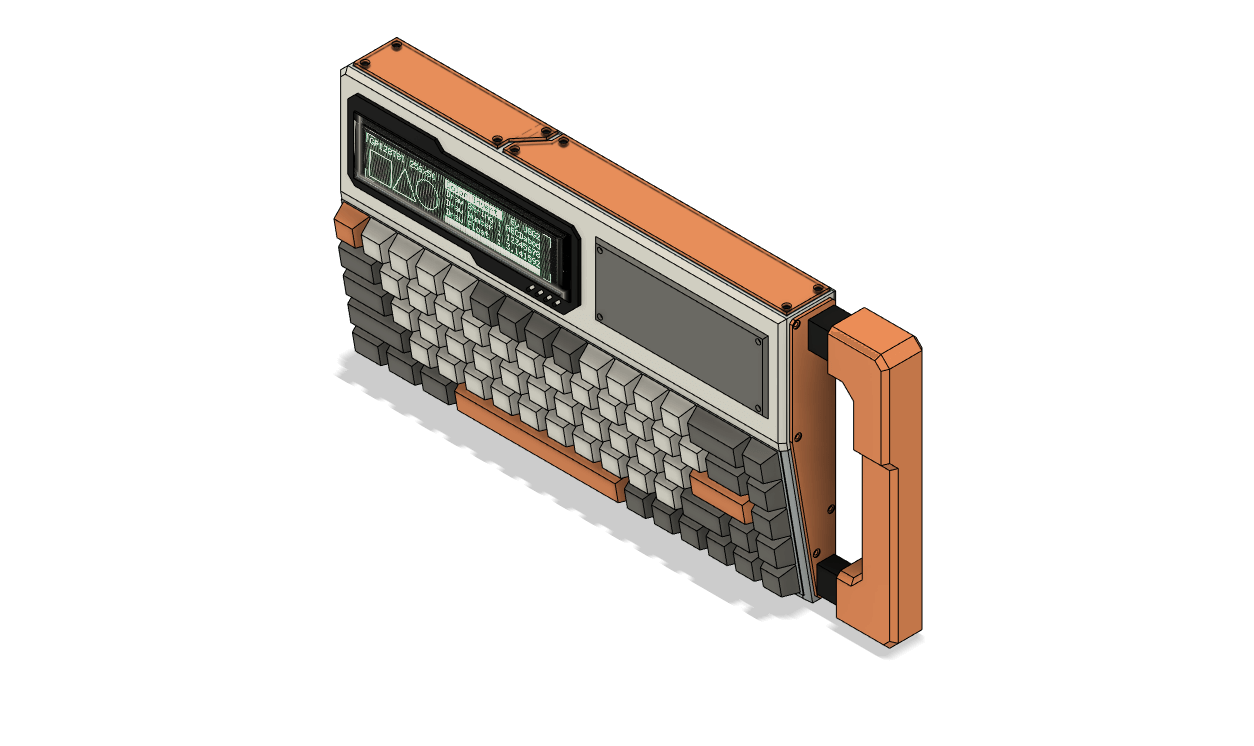
2023 – Runner up the Hackaday's Cyberdeck Contest
My spin on a cyberdeck, executed in a few weeks although not complete. Still got a honorable mention. Learned a lot of 3d design and 3d printing while working on this. Hope I get back to it soon
Links:
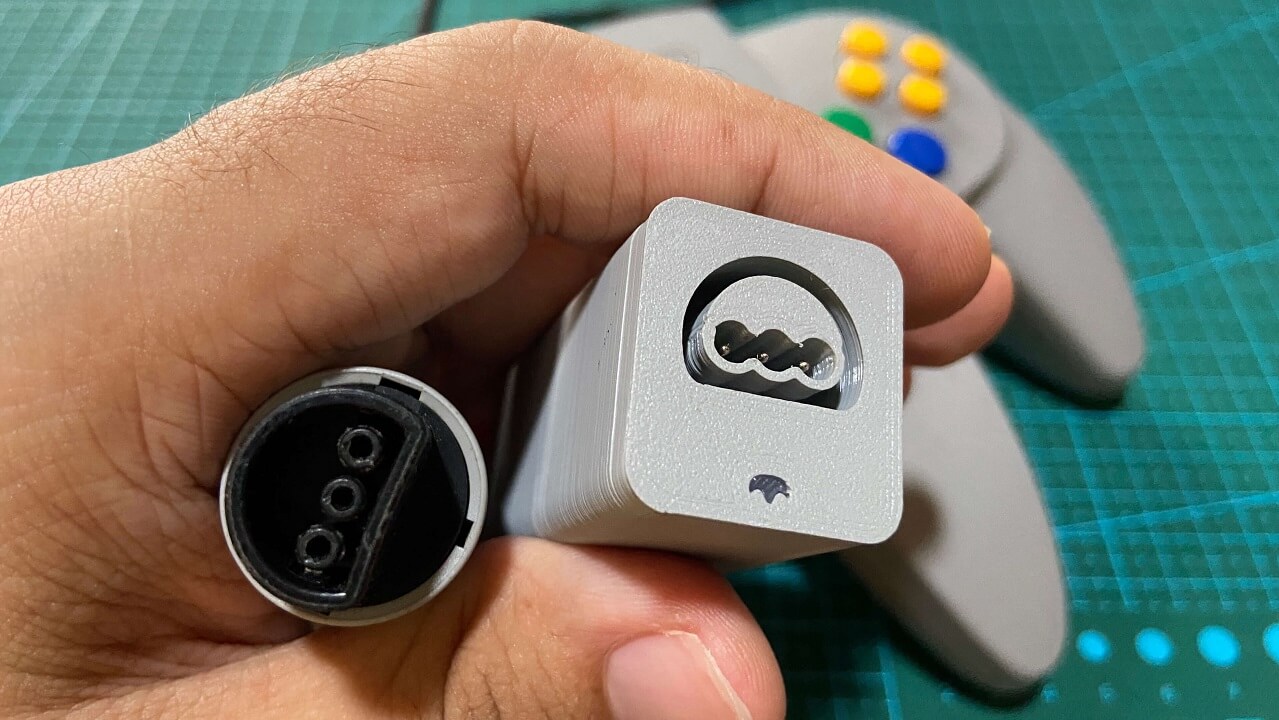
2023 – N64 controller adapter for Switch
Nintendo added n64 emulation to Nintendo Switch Online. I wanted then to use an authentic n64 controller on my switch and for that I had to understand it's protocol and code an appropriate driver. This was my first project in video form
Links:

2019 – Hackable melodies
I was studying music on my own at that time. As practice, I thought it would be a good idea to parse some music sheets into code form. These are all monofonic tunes, that can be easily inbtegrated into other projects.
Shared by:
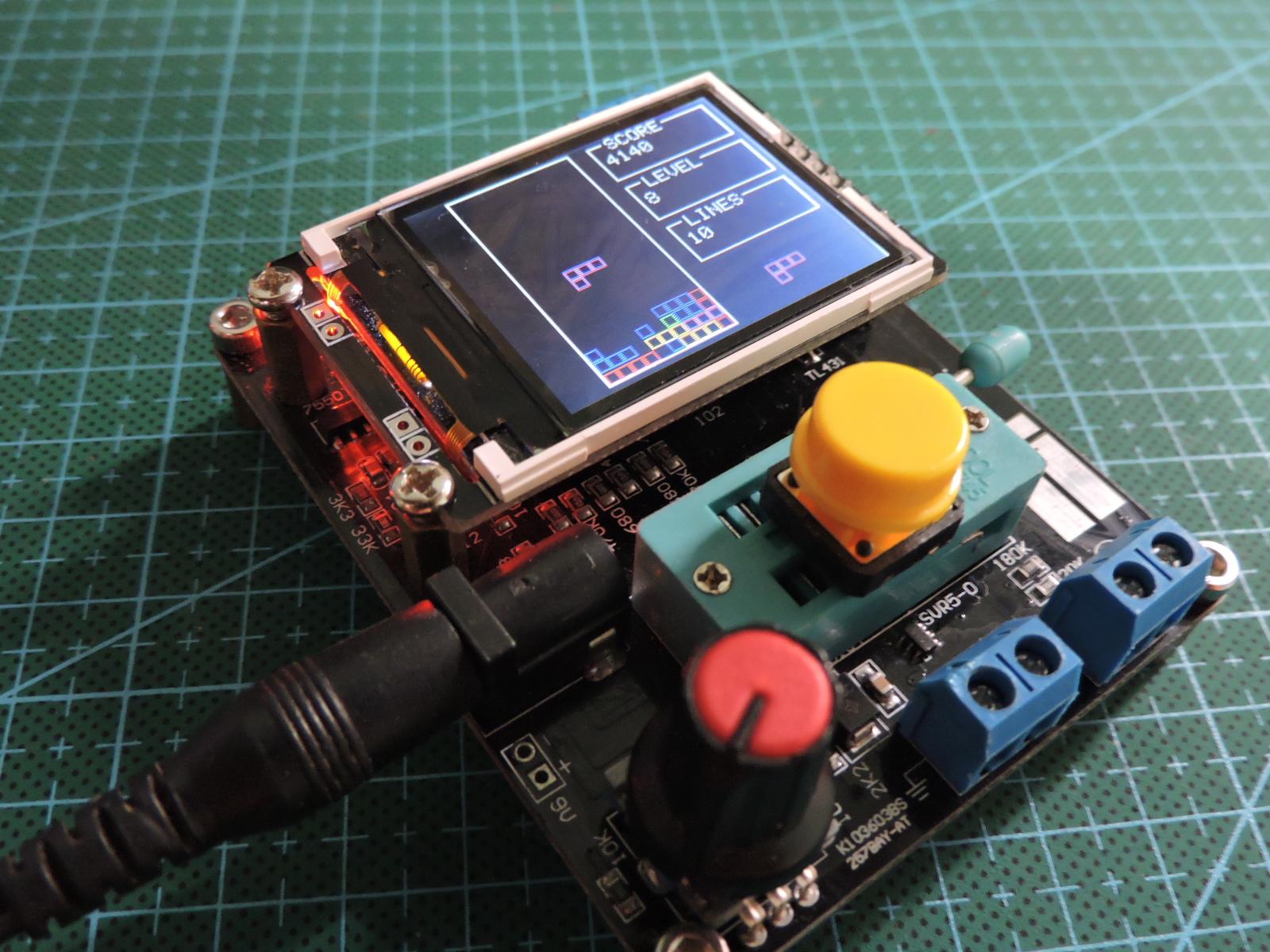
2019 – Reverse Engineering of the GM328A LCR meter
In this project I reverse engineered the printed circuit board of the GM328A component tester. In the process, I created the schematic diagram of the board, fixed an error in the layout and compiled new firmware. If it wasn't enough, I also programmed Tetris for the same device.
Shared by:
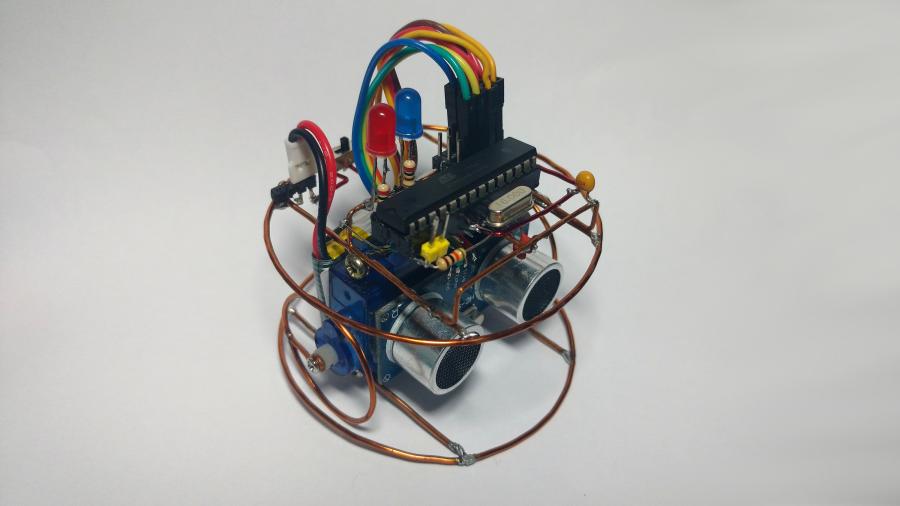
2018 – Freeform Robot
I made this robot specifically to participate in Hackaday's Circuit Sculpture contest. It is a simple robot that avoids obstacles. It was built in freeform style, that is, with the components connected directly by wire, without a circuit board.
Shared by:


2018 – Repairing my Notebook USB ports
Despite not having any experience with motherboard repairs, I decided to open my only computer to try to fix my USB ports. Everything went well, although with some setbacks.
Shared by:
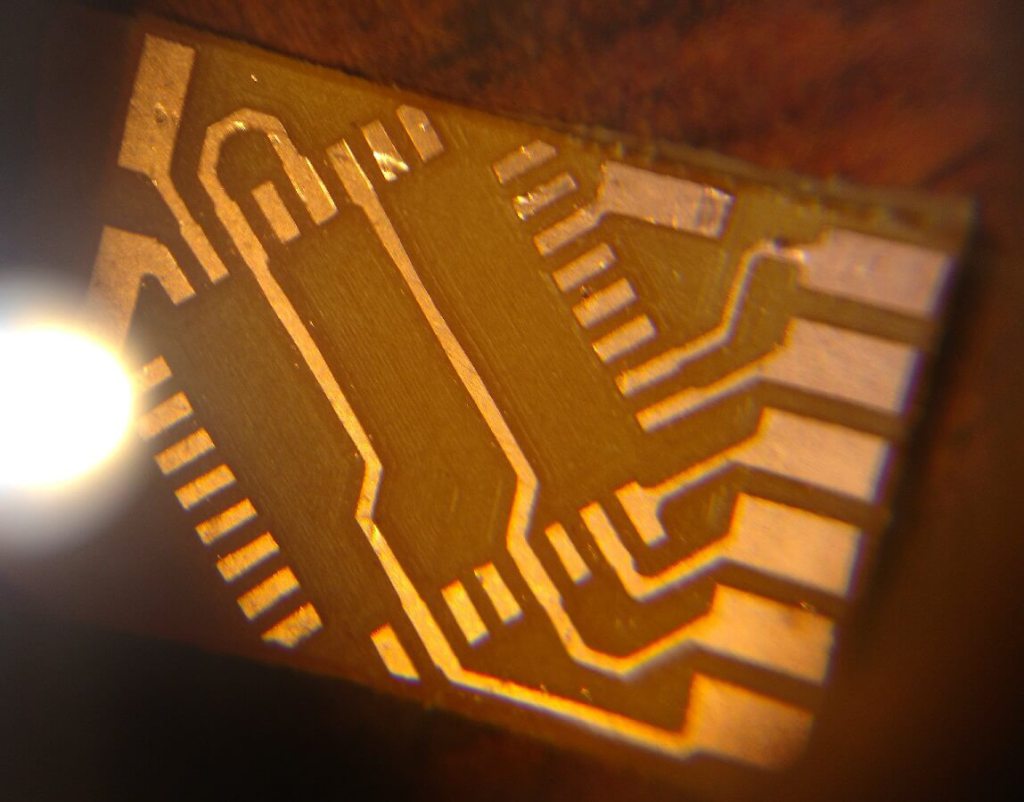
2018 – Using a Cheap CNC to make PCBs
A tutorial on how to make acceptable quality PCBs with the CNC T8, one of the cheapest Chinese CNCs on the market today. This project was shared by Hackaday.
Shared by:

2018 - Translation of Arduino documentation into Portuguese
I translated the complete Arduino language reference into Portuguese. I am still a mantainer, updating the documentation when new updates are made to the English documentation.
Links:
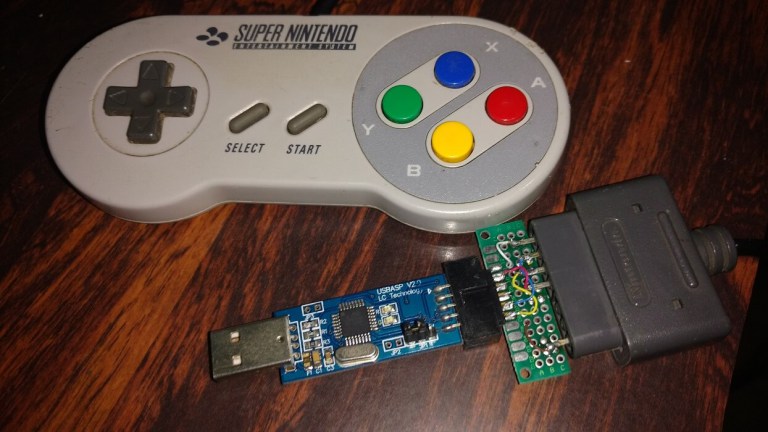
2017 – USBASP as USB adapter for retro video game controllers
One of the easiest ways to adapt a retro controller or joypad to usb is using the v-usb library. I realized that maybe I could use USBASP, an avr recorder to connect old hardware to USB. I also modified the code of 4nes4snes by Raphaël Assénat to run on usbasp, placing 4 snes controls connected to a single usbasp, using a single USB port.
Shared by:
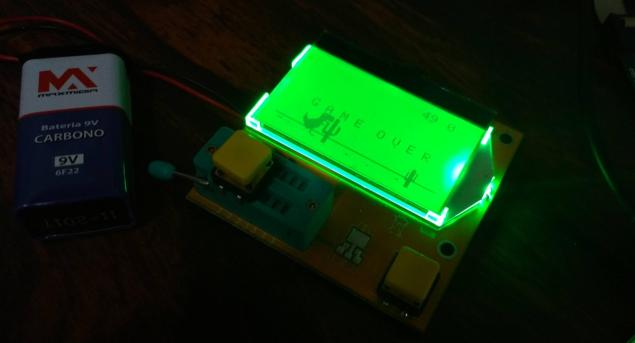
2017 – Programming the Chrome rex game for a component tester
When you have a cheap component tester with an LCD screen, what do you do? Program the Chrome T-Rex game, of course. The thing I liked the most about this project was making the game run as fast as possible. I had to think a lot about how to adjust the functions so as not to waste CPU cycles.
Shared by:
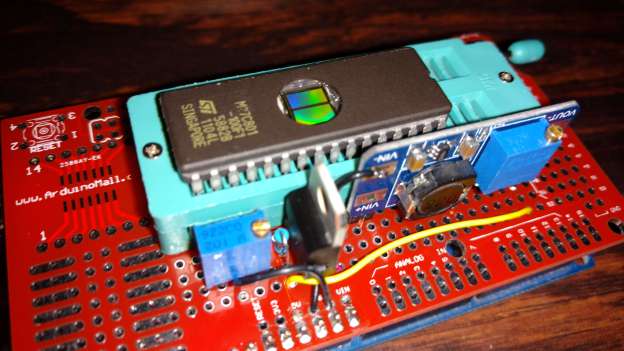
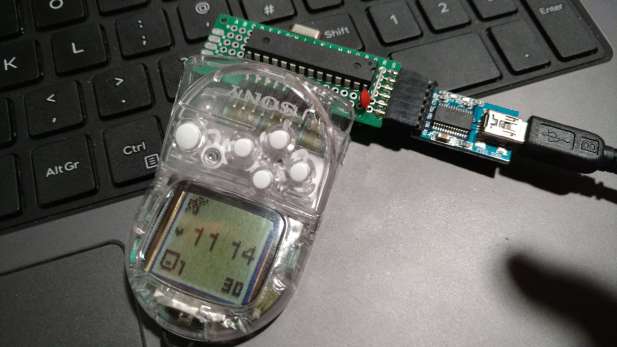
2016 – Programming roms onto the pockestation
Yes. I love odd hardware. The pocketstation is a device that works mainly as a memory card for the Playstation 1. However, it has an LCD screen and can be used to play minigames or transfer your saves to your friends. I was able to access the data on it, as well as program other games.
Shared by:

2016 – Transferring photos from the Game Boy Camera to the PC
So, I bought a gameboy camera and wanted the images on my computer. I created a card to read or write game boy cartridges and managed to access the camera's SRAM memory, saving the photos on my computer.
Shared by:

2015 – Mega drive cartridge with BIOS chips
That was when I started to become interested in hacking hardware. Since I was a kid, I had this Sonic the Hedgehog mega drive cartridge that didn't work. When I found a few flash memory chips (BIOS) from old computers in the trash, I decided to write all the correct 4194304 bits on these chips, replace the defective chip in the cartridge and play Sonic.
Shared by:

2014 – “Dot matrix” printer
I, recycled the parts obtained in the instructables below to make a printer. The images are printed with a pen, with this instructable I won three awards in Instructables contests.
Links:

2014 – Recycling CD / DVD drives
In this Instructable I taught how to disassemble CD or DVD drives and suggested ways to reuse the parts. This was actually before micro CNCs with these stepper motors became super common.
Links: